Activision Blizzard Acquisition: FTC's Appeal Process Explained
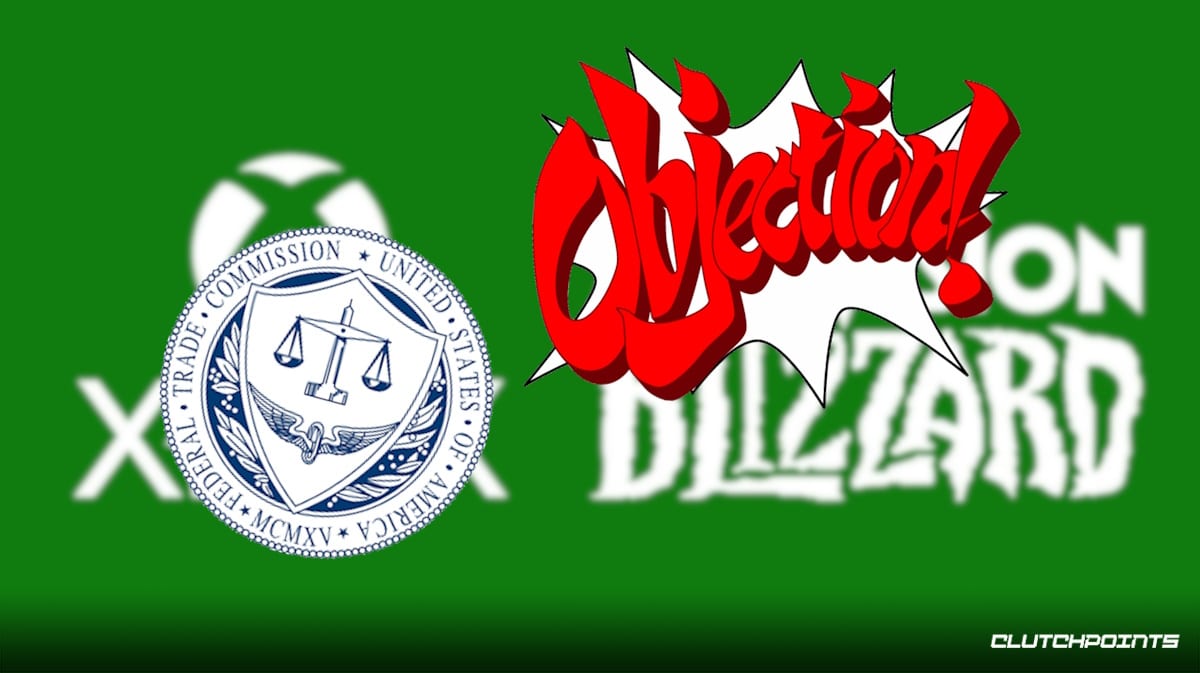
Table of Contents
The FTC's Initial Lawsuit and its Arguments
The FTC filed a lawsuit to block Microsoft's acquisition of Activision Blizzard, arguing that the merger would stifle competition and harm consumers. Their primary concerns revolved around the potential for anti-competitive practices within the video game market.
-
Domination of the gaming console market: The FTC argued that the acquisition would give Microsoft an unfair advantage, potentially leading to the exclusion of competitors like Sony and Nintendo. This concern centered around the potential for Microsoft to make popular Activision Blizzard franchises like Call of Duty exclusive to Xbox, thereby limiting consumer choice.
-
Exclusion of competitors through exclusive content: A key element of the FTC's case involved the potential for Microsoft to leverage its ownership of Activision Blizzard to create exclusive content, locking out competitors and potentially harming the broader gaming ecosystem. This tactic, they argued, could limit innovation and choice for gamers.
-
Potential for increased prices for gamers: The FTC contended that reduced competition resulting from the merger could lead to higher prices for games and gaming consoles, ultimately harming consumers. This argument centered on the reduced incentive for Microsoft to compete on price once it controlled a larger market share.
-
The FTC's legal strategy and arguments presented in court: The FTC presented a multifaceted legal strategy, employing economic modeling, expert witness testimony, and documented communications to support their claims of anti-competitive behavior. Their arguments focused on the definition of the relevant market, the potential for Microsoft to leverage its market power, and the long-term implications of the acquisition.
The Court's Ruling Against the FTC Injunction
A federal judge ultimately ruled against the FTC's request for a preliminary injunction to block the acquisition. The judge's decision highlighted several key weaknesses in the FTC's arguments.
-
The judge's assessment of the FTC's evidence: The judge found the FTC's evidence insufficient to demonstrate a substantial likelihood of success on the merits of their case. This assessment questioned the validity and weight of the economic models and expert testimony presented by the FTC.
-
Specific points of contention and how the judge ruled on them: The judge specifically addressed the FTC's concerns regarding Call of Duty exclusivity, finding that Microsoft's proposed remedies to ensure continued availability on other platforms were credible and sufficient to mitigate potential anti-competitive effects.
-
The implications of the ruling on the acquisition timeline: The court's decision cleared a significant hurdle for the acquisition, allowing the merger to proceed without further delay pending any potential appeal.
-
The legal precedent set by this decision: This ruling has implications beyond the Activision Blizzard acquisition, setting a precedent for future merger reviews and the level of evidence required to successfully challenge a large-scale tech acquisition.
The FTC's Appeal Process: Understanding the Steps Involved
The FTC has the right to appeal the court's decision. This involves a multi-stage process within the Ninth Circuit Court of Appeals.
-
Filing an appeal with the Ninth Circuit Court of Appeals: The FTC initiated the appeal process by filing a notice of appeal with the Ninth Circuit, formally challenging the lower court's ruling.
-
The briefing process (filing briefs, responding to briefs): Both the FTC and Microsoft will submit legal briefs outlining their arguments and responding to each other's submissions. This process involves detailed legal analysis and the presentation of supporting evidence.
-
Oral arguments before the appellate court: After the briefing process, oral arguments are presented before a panel of judges from the Ninth Circuit. This provides an opportunity for both sides to address the court's questions and further clarify their positions.
-
Potential outcomes: Affirmation of the lower court's ruling, reversal of the ruling, remand to the lower court: The Ninth Circuit could affirm the lower court's ruling, effectively ending the FTC's challenge. Alternatively, they could reverse the ruling, blocking the acquisition, or remand the case back to the lower court for further proceedings.
Key Legal Arguments Likely to be Raised on Appeal
The FTC's appeal is likely to focus on re-examining and refining their arguments presented in the lower court.
-
Re-examining evidence related to market dominance: The FTC will likely re-evaluate and present new evidence regarding Microsoft's market power and the potential for anti-competitive behavior in the gaming market.
-
Focusing on potential long-term anti-competitive effects: The appeal may emphasize the potential long-term consequences of the merger, arguing that the immediate remedies proposed by Microsoft may not adequately address potential future anti-competitive behavior.
-
Arguments concerning the definition of the relevant market: The FTC may challenge the lower court's definition of the relevant market, arguing that it was too narrowly defined and failed to fully capture the competitive dynamics within the gaming industry.
-
Challenges to the judge's interpretation of existing antitrust law: The FTC may also argue that the lower court misapplied or misinterpreted existing antitrust law in its decision.
Potential Outcomes and Implications of the FTC's Appeal
The outcome of the FTC's appeal will have significant ramifications for the gaming industry and future mergers and acquisitions.
-
Scenario 1: The FTC wins the appeal, halting or significantly altering the acquisition: A successful appeal could result in the acquisition being blocked entirely or substantially altered to address the FTC's concerns.
-
Scenario 2: The lower court's decision is upheld, finalizing the acquisition: If the Ninth Circuit upholds the lower court's ruling, the acquisition will proceed as planned, marking a significant victory for Microsoft.
-
Impact on Microsoft's strategy and future acquisitions: The outcome will influence Microsoft's future acquisition strategies and its approach to regulatory scrutiny.
-
Impact on the regulatory environment for the gaming industry: This case sets a precedent that will influence how future mergers and acquisitions in the gaming industry are regulated.
Conclusion
The Activision Blizzard acquisition FTC appeal is a landmark case with far-reaching consequences for the gaming industry and antitrust law. The ongoing legal battle, including the intricacies of the appeal process and potential outcomes, will shape the gaming landscape for years to come. To remain informed about the latest developments in the Activision Blizzard acquisition FTC appeal and its implications, continue to follow the legal proceedings closely. Understanding this complex situation is vital for anyone invested in the future of the gaming industry.

Featured Posts
-
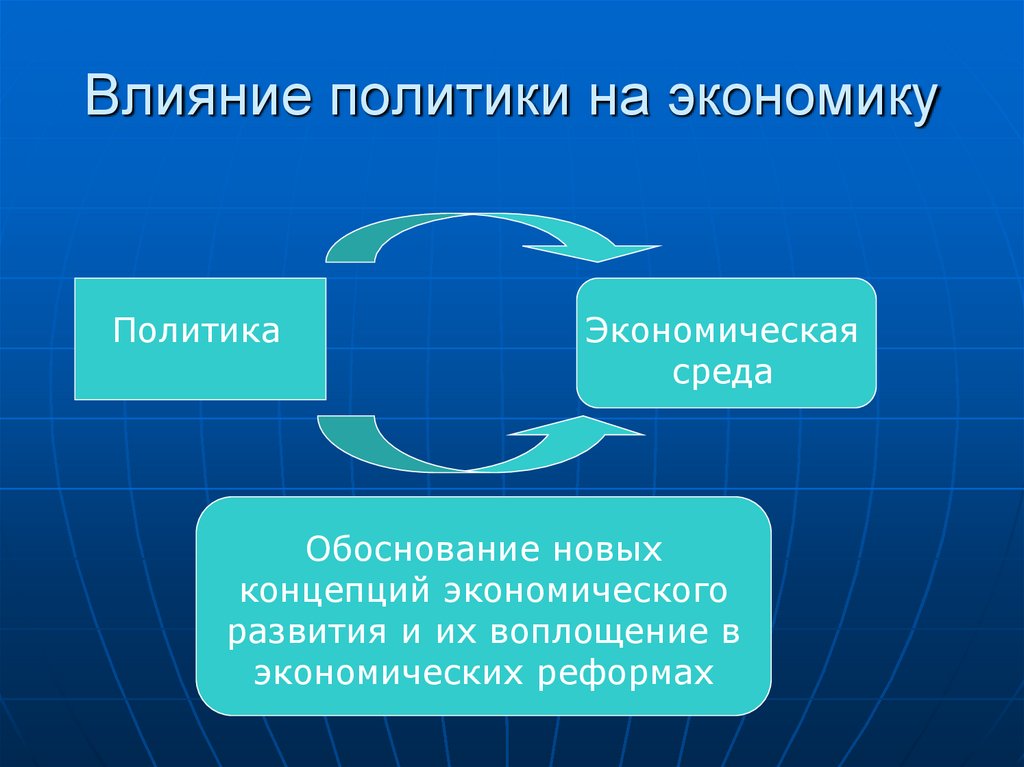 Plenum I Garazh Vliyanie Politiki Na Sovetskoe Kino
May 24, 2025
Plenum I Garazh Vliyanie Politiki Na Sovetskoe Kino
May 24, 2025 -
 Astonishing 90mph Refueling Police Chase Ends In Dramatic Text And Refuel
May 24, 2025
Astonishing 90mph Refueling Police Chase Ends In Dramatic Text And Refuel
May 24, 2025 -
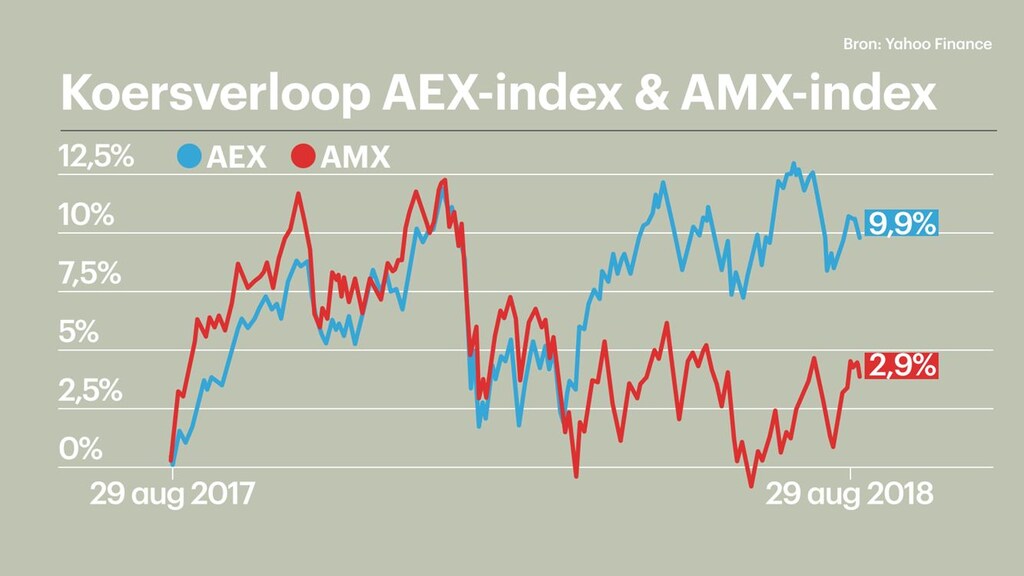 Onrust Op Wall Street Waarom Presteert De Aex Beter
May 24, 2025
Onrust Op Wall Street Waarom Presteert De Aex Beter
May 24, 2025 -
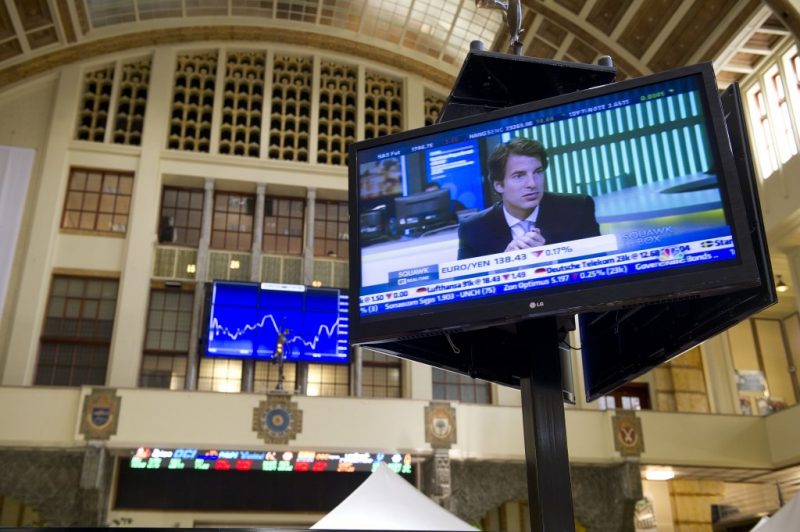 Onrust Op Amerikaanse Beurs Aex Scoort Ondanks Tegenwind
May 24, 2025
Onrust Op Amerikaanse Beurs Aex Scoort Ondanks Tegenwind
May 24, 2025 -
 Los Angeles Renters Face Price Gouging After Recent Fires
May 24, 2025
Los Angeles Renters Face Price Gouging After Recent Fires
May 24, 2025
Latest Posts
-
 Dogum Tarihine Goere Burc 16 Mart Burcu Ve Kisilik Analizi
May 24, 2025
Dogum Tarihine Goere Burc 16 Mart Burcu Ve Kisilik Analizi
May 24, 2025 -
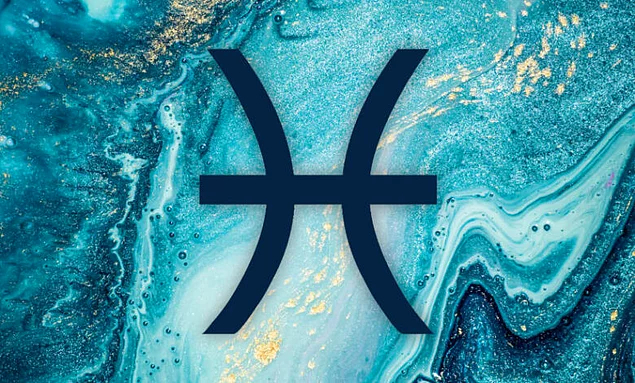 16 Mart Ta Dogmus Olanlarin Burc Oezellikleri
May 24, 2025
16 Mart Ta Dogmus Olanlarin Burc Oezellikleri
May 24, 2025 -
 16 Mart Burcu Balik Burcu Oezellikleri Ve Uyumlu Burclar
May 24, 2025
16 Mart Burcu Balik Burcu Oezellikleri Ve Uyumlu Burclar
May 24, 2025 -
 16 Mart Hangi Burc Burc Oezellikleri Ve Daha Fazlasi
May 24, 2025
16 Mart Hangi Burc Burc Oezellikleri Ve Daha Fazlasi
May 24, 2025 -
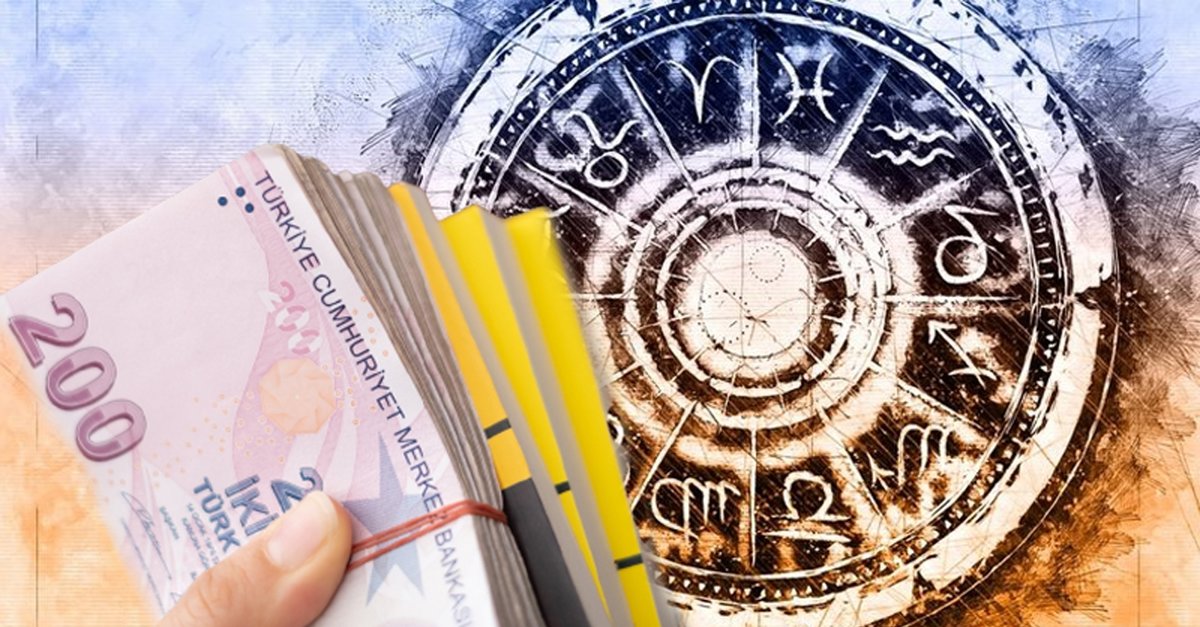 3 Burc Icin Mayis Ayi Ask Tahmini
May 24, 2025
3 Burc Icin Mayis Ayi Ask Tahmini
May 24, 2025
